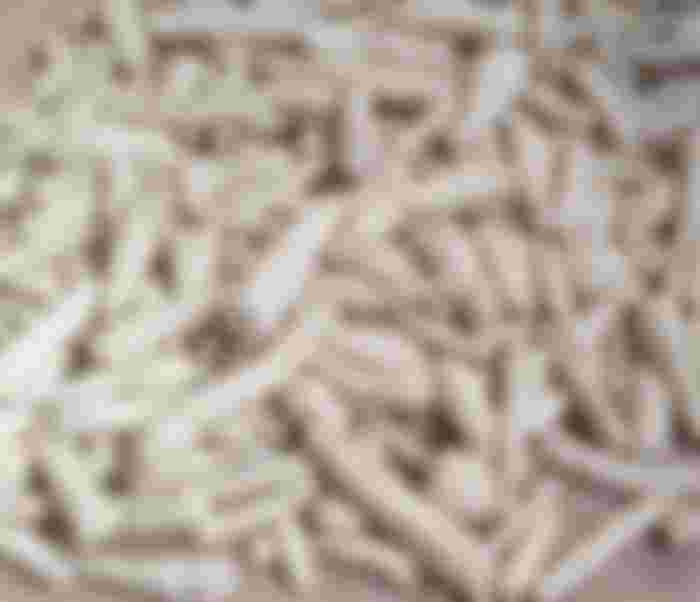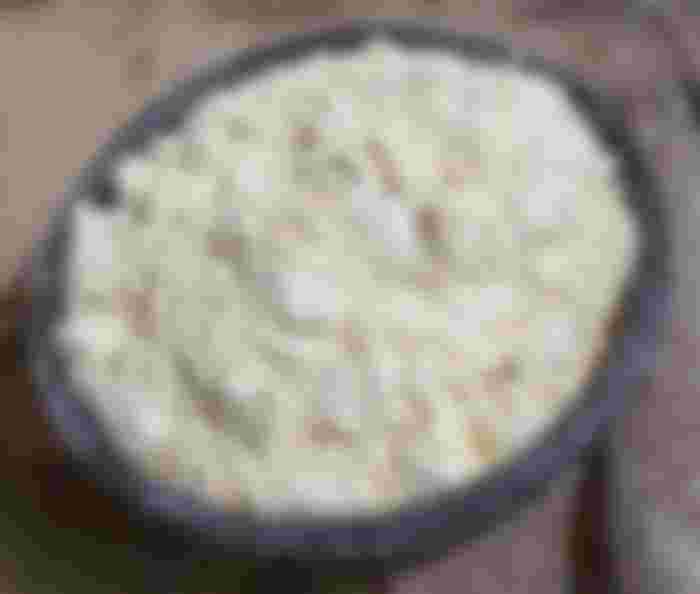Our Garri Processing Factory And The Making Of Garri.
Garri is one of the staple foods widely consumed by people and families in southeast Nigeria and in fact, the whole of west Africa and beyond. Garri is a derivative of cassava after a rigorous process. The finish product is a white or yellow as the case maybe dried granule of starch. It is common in my region because of its cheapness in relation to other food items.

How Is Garri served or consumed
Garri can be served or consumed as a quick fix cereal meal when prepared with cold water or whole meal what we call in our parlance “Eba” or “Swallow” accompanied with soup.
As cereal, you just add cold water into a bowl of garri, some people drain out the first water to get rid of impurities before adding more fresh water while some believe the impurities are all part of the meal. You then add sugar, a pinch of salt, milk, honey, groundnuts, coconuts and so on. Additives depend on ones’ taste and availability. Some even combine this cereal with moi moi, beans, and so on to make it whole meal.
Because of it quick fix nature, it is usually common among students, low income households and labourers as it is handy to quench hunger pangs. Students especially do not lack this meal in their provision and as such call it by various nick names like; asoki, students power, cassava flakes, gun powder, catapult pellets, white flakes, cassava flakes, soaking garri, etc.
On the other hand, you can pour boiled water into a bowl of garri, stirring it consistently until you get the granules forms dough which we now refer to as eba, or swallow. This eba or garri is eaten with soup. We have various soup that can be eaten with garri.
Our Garri Processing Factory

Sometime last year we acquired this Garri Processing Factory to enable us easily convert our cassava to the final consumption stage in form of Garri.
With the added value, we are able to make more money out of our cassava farming business. Rather than sell the cassava as raw material which will not fetch us good money, we decided to take a step further in the value chain.
Besides, the factory helps members of my community to be able to process their cassava as families come to our factory with their own cassava to process it into garri and we charge them for the services.
The Various Garri Processing Machines
We have the following Garri Processing Machines;
The Grater
This machine grind the cassava into a mash.

The Presser
The presser dries the cassava mash into a cake like form

The Sieve

The Fryer

I will explain in detail the use of the above machines as we discuss the making of garri. Meanwhile, these are part of the machines in our factory.
How is cassava propagated?

Cassava is the tuber or root if you like of the plant cassava. It is propagated by cutting a stem of the plant say about 15cm and inserting it into the ground. To get a good yield, the ground has to be cleared and tilled. The tilling loosens the soil making it soft for the root to penetration and grow big. The cut stem is then inserted into the soil up to about 8cm leaving the upper part of the stem on the surface of the soil.
Cassava stems sprouts easily so long as the soil and weather conditions are favourably. In 2 weeks, the cassava stems would have sprouted from the nodes or the eye as it is sometimes called while the other end in the soil would have started shooting its roots into the soil.
There are other ways of propagating this plant. Cassava can be propagated by way of tuber or seeds but the most effective and efficient way is by stem cuttings.

Cassava takes 12months to mature, however, there are improved species that can mature in 6 to 11months given the fertility of the soil. At maturity cassava is harvested by pulling the stems where the soil is loose otherwise, you have to stoop and dig into the soil to be able to harvest cassava.Once the cassava is harvested, the next is to peel off the rough brownish coating and cut off the woody head part of it. You have the very fleshy white part of the cassava. But wait a minute, don’t dare eat it raw. Cassava contains poison called cyanide which has to be extracted in the processing of making garri before it is edible.
The Making of Garri
The peeling stage

Once the cassava is harvested, the next is to peel off the rough brownish coating and cut off the woody head part of it. You have the very fleshy white part of the cassava. But wait a minute, don’t dare eat it raw. Cassava contains poison called cyanide which has to be extracted in the processing of making garri before it is edible.

Nutritional value of cassava
Aside the cyanide, cassava contains very many other nutrients major and first among all is carbohydrates, sodium, potassium, fiber, magnesium, vitamin c, iron, vitamin B, and so on. Some improved species contains vitamin A.
After the peeling, the cassava is washed to remove dirt gathered during the peeling. For now, the peeling is done manually with kitchen knives in our factory. In fact, this activity has provided job opportunities for women and children in my community. Once the cassava is brought into the factory, you bargain with these laborers who immediately swing into action of peeling the cassava.
We gathered and in fact have seen online cassava peeling machines. This makes the process of garri making fast and easy. We are investigating to find out where we can purchase one to add to our range of machines for processing garri in our factory. We are yet to find any as there is not a single peeling machine in our community and environs. (So friends, if you have any or can direct us on how to find one, please do not hesitate to let us know. Thanks in anticipation)
The grating stage
The next stage is the grating stage, the washed cassava is transferred into the cassava grating machine. This machine grind the cassava into a mash.

The fermentation and drying stage
The mash is then packed in bags and allowed to drain. As it drains, fermentation takes place to break down the sugar and cyanic acid. This process is to take at least 48hrs.

They are then packed in the presser to further drain the liquids and convert it to a cake form.
The Sieving stage
The cassava cake is the transfer to the Sieving machine to be sieved into grits.

The Frying or Roasting Stage
The grits are then poured into the Frying pan and roasted until it is completely dried making granules we call Garri.
The Bagging and Storing Stage.
The Garri is allowed to cool down and then packed in bags. Garri when properly roasted can last for a year or more.

Garri has a steady market in my locality. The demand is always there as it constitutes the daily menu of most families. However, there is the low and high periods in the business of garri. At the high or peak period one can make good bucks from Garri business.













Truly... I know how to prepare Garri but your write-up make me to understand it more on how to prepare garri... Thanks so much sir for teaching us❤️❤️❤️❤️❤️